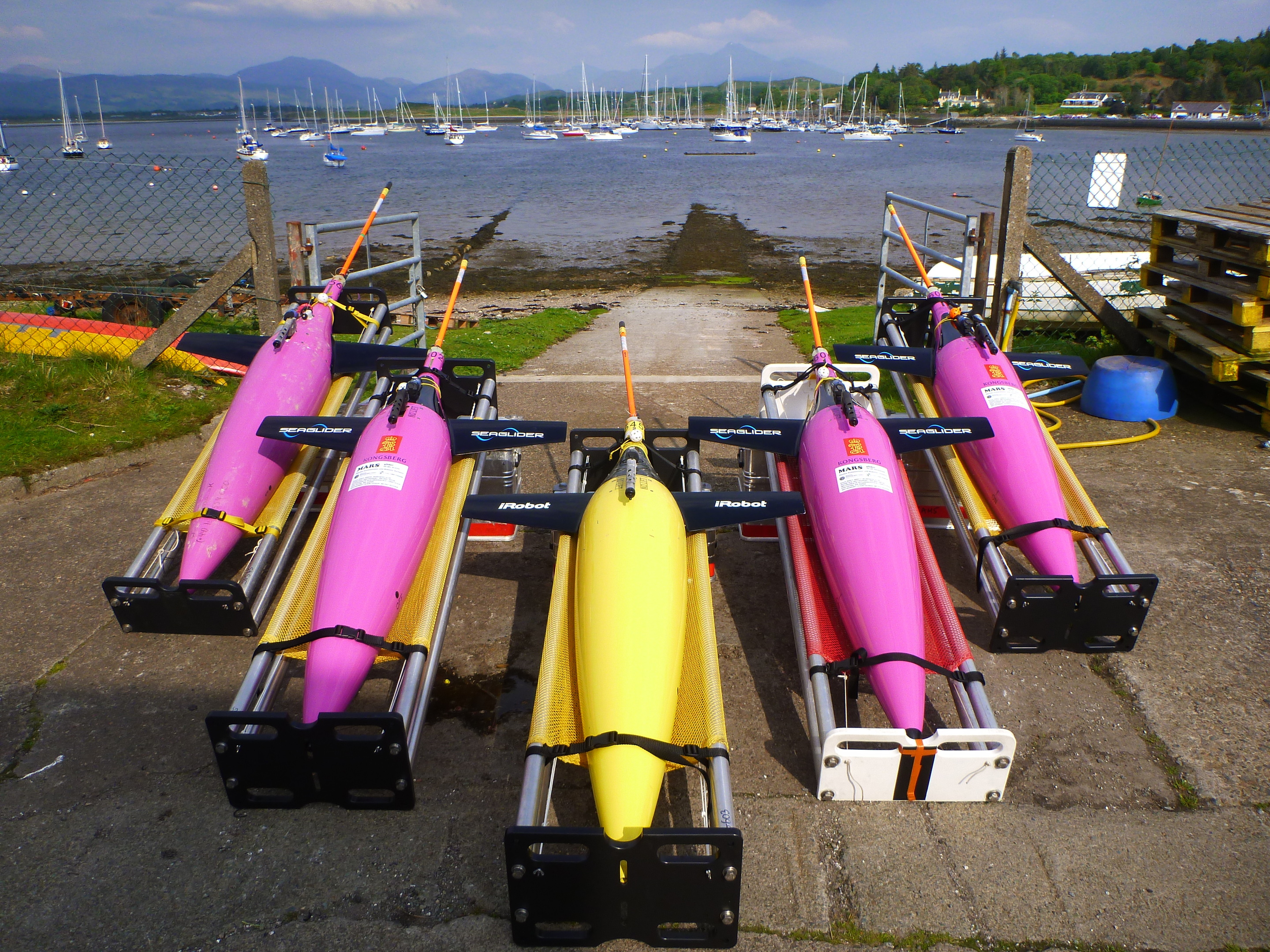Amazing robot underwater machines are being used to gather information for Highland marine scientists, with some of the submersibles travelling as far as Iceland and Greenland and back.
The Seagliders are so efficient they have carried out in only 18 months survey work that would take five years using conventional craft.
The Scottish Association of Marine Science (Sams), at Dunstaffnage, near Oban, said yesterday the 6ft-long Seagliders can spend months at sea collecting data such as sea temperature, salinity, pressure and oxygen levels, that contributes to the understanding of climate change.
To date, the seven Sams Seagliders have spent the equivalent of five years at sea, travelling more than 20,505 miles.
One of the Seagliders, named Ardbeg, has this week broken a Sams distance record by completing a return trip of more than 2,112 miles along the Extended Ellett Line, a route from Scotland to Iceland that has been surveyed by scientists for 40 years.
Dr Stefan Gary, a research associate in physical oceanography at Sams, said: “Seagliders allow oceanographers to make cost effective, long term, and long distance observations, often in hard-to-access regions that ships rarely frequent and other ocean robots rarely go.
“Because of their durability we often deploy them in the winter, as they have been known to withstand extreme storm force conditions.
“Seagliders also allow for very dense sampling of the ocean, collecting a profile every 1.8 miles, while a survey vessel usually samples every 6.2 to 18.6 miles.”
Seagliders collect data down to 0.62 miles as they slowly submerge towards the seabed and then rise to the surface, using fixed wings and a hydrodynamic shape to create a forward movement.
To submerge, a battery powered pump moves oil into a pressurised container, increasing the density of the glider in the water and causing it to sink.
To bring the glider to the surface, oil is pumped back into a bladder to increase buoyancy. Live data is sent by the gliders via satellite to the pilots at Sams, who can control and redirect them remotely in near real time.
Sams owns two Seagliders and has operated another five since April 2014.
Sams, which is ideally situated for deep-sea Atlantic research, runs the Scottish Marine Robotics Facility, a command and control centre for Seaglider operations.
